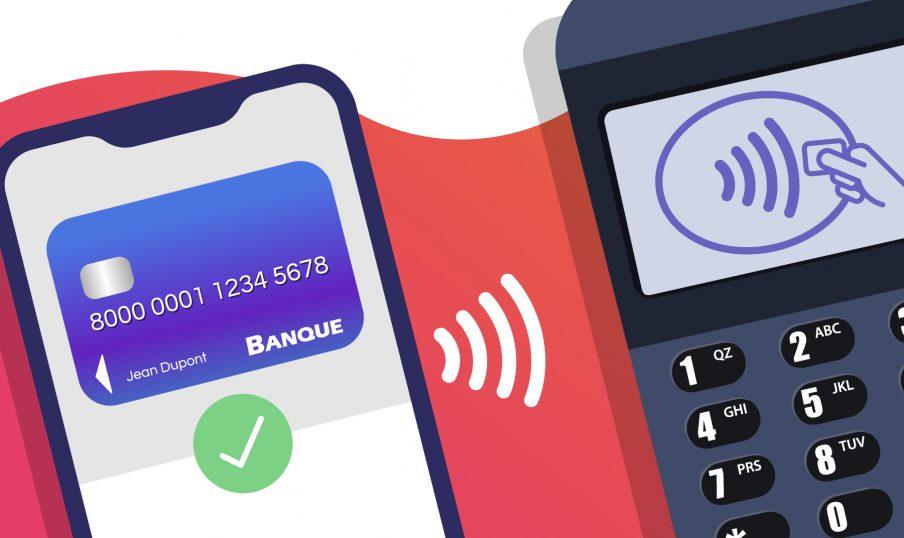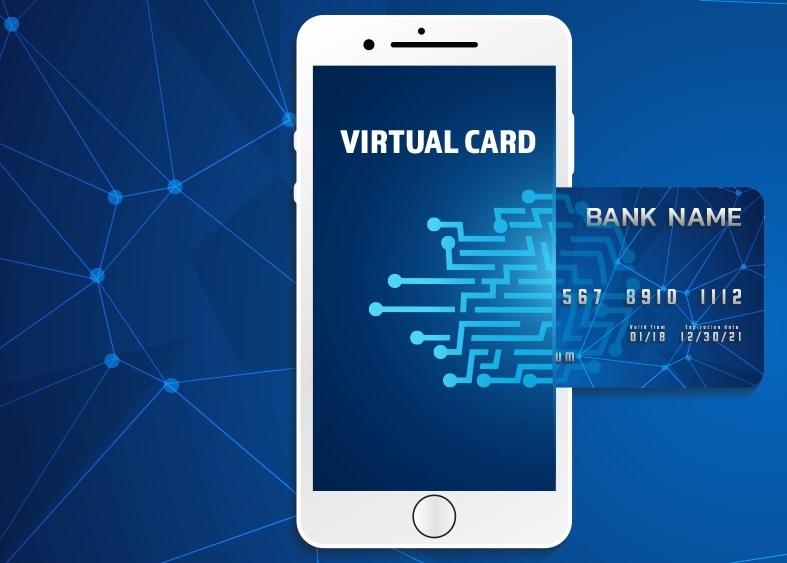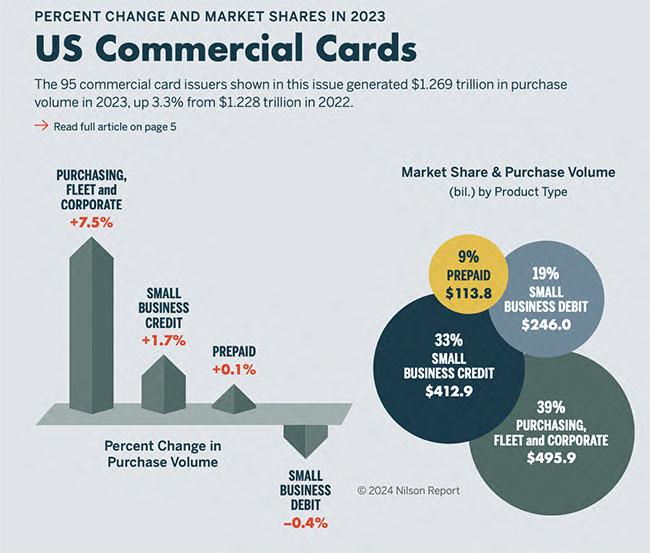In an increasingly digital world where the lines between commerce and technology continue to blur, the way we handle our finances is undergoing a profound transformation. Enter commercial card issuers and the innovative concept of virtual cards—two forces reshaping the landscape of corporate spending. This article delves into the potential unlocked by these modern financial instruments, exploring how they offer businesses not just an alternative to traditional payment methods, but a gateway to enhanced security, streamlined processes, and invaluable insights. As we navigate this evolving terrain, we will uncover the mechanisms driving these changes, the benefits they bring to organizations of all sizes, and the future possibilities that await in the realm of virtual financial solutions. Join us on this journey to understand how commercial card issuers and virtual cards are helping businesses optimize their strategies in an ever-changing economic environment.
Exploring the Basics of Virtual Cards and Their Role in Commercial Transactions
Virtual cards represent a significant advancement in the realm of commercial transactions, providing both security and efficiency for businesses. These digital counterparts to traditional payment cards are typically generated for one-time use or specific transactions, minimizing the risk of fraud and unauthorized access. Businesses can leverage virtual cards to:
- Enhance transaction security: Each virtual card can be linked to a specific transaction, reducing the potential for misuse.
- Streamline accounts payable: Virtual cards can automate the payment process, enabling faster approval workflows.
- Control spending: Issuers often set predefined limits on virtual cards, helping to manage budgets effectively.
Incorporating virtual cards into commercial exchanges not only strengthens financial control but also fosters transparency within organizations. This innovative payment method allows for real-time tracking, providing businesses with invaluable insights into their spending patterns. Additionally, virtual cards may be designed with features tailored to specific industries or expenses, such as travel or vendor payments. A simple comparison illustrates the advantages:
| Feature | Traditional Card | Virtual Card |
|---|---|---|
| Security | Moderate | High |
| Budget Control | Low | High |
| Transaction Tracking | Limited | Real-time |

Navigating Security and Fraud Prevention with Virtual Cards
Virtual cards present a transformative approach to combating security threats in financial transactions. By generating unique card numbers for each transaction, businesses can significantly reduce their exposure to fraud. This innovative solution offers several key benefits:
- Enhanced Security: Transaction-specific numbers limit the exposure of card details.
- Temporary Use: Cards can be set for single-use or time-limited usage.
- Real-time Monitoring: Transactions can be monitored closely, enabling instant alerts for suspicious activities.
Additionally, the implementation of virtual cards streamlines expense management while fortifying security measures. Many organizations find themselves entangled in complex financial processes, which can lead to potential vulnerabilities. By integrating virtual card solutions, they can enjoy:
| Feature | Advantage |
|---|---|
| Custom Spending Limits | Control over employee spending and budgeting. |
| Detailed Analytics | Insights into spending patterns for better financial planning. |
| Quick Issuance | Instant access to funds without the delays of traditional cards. |

Maximizing Efficiency: Benefits of Virtual Cards for Businesses
In the fast-paced world of business, leveraging technology to enhance financial management is crucial. Virtual cards emerge as a powerful tool for organizations looking to streamline their expenditure processes. By providing unique card numbers for specific transactions or vendors, businesses can separate spending and gain clearer visibility into their expenses. This not only aids in budgeting but also strengthens security by minimizing the risk of fraud, as card details become invalid after use. Additionally, virtual cards allow for easier integration with accounting systems, automating reconciliations and reducing administrative burdens.
Another compelling advantage lies in the control and flexibility they offer. Organizations can establish spending limits and set expiration dates for virtual cards, which empowers them to manage budgets effectively while preventing unauthorized spending. This capability can be particularly beneficial for teams engaged in project-based work, where each project may require distinct budget allocations. Furthermore, the ability to issue cards on-demand means that businesses can quickly respond to new opportunities or unexpected expenses without the delays associated with traditional card issuance. With these features, virtual cards are not just a trend; they represent a strategic asset for companies seeking to optimize their financial workflows.

Strategies for Integrating Virtual Cards into Corporate Spending Policies
To effectively integrate virtual cards into corporate spending policies, organizations should first establish clear guidelines defining when and how these cards can be utilized. This involves identifying specific categories of spending that would benefit from the enhanced security and tracking capabilities offered by virtual cards. Best practices include:
- Designating company-wide policies on approvals for virtual card issuance.
- Training employees on the proper use of virtual cards to minimize risk and abuse.
- Regularly reviewing spending categories to ensure alignment with business objectives.
Moreover, leveraging technology plays a crucial role in the integration process. Organizations should consider implementing a centralized spend management system that seamlessly incorporates virtual cards into their financial ecosystem. This not only streamlines administrative tasks but also enhances reporting accuracy. Key strategies include:
- Automating reconciliation processes to save time and reduce errors.
- Integrating virtual cards with expense management software for real-time visibility into spending habits.
- Utilizing data analytics to monitor trends and improve budgeting accuracy.
| Strategy | Description |
|---|---|
| Define Usage Guidelines | Set clear parameters for when virtual cards can be used. |
| Employee Training | Educate staff on appropriate and secure usage of virtual cards. |
| Monitoring & Reporting | Use analytics to track spending and identify savings opportunities. |
To Wrap It Up
As we navigate the ever-evolving landscape of financial innovation, the role of commercial card issuers and virtual cards is becoming increasingly pivotal. No longer mere tools for transactions, these digital solutions unlock new avenues for businesses to enhance efficiency, security, and control over their spending. The potential they offer is not just in the cards themselves, but in the broader implications for how organizations manage their finances and foster growth in a competitive environment.
In closing, as companies adopt these advanced financial technologies, they are not just keeping pace with trends but are also paving the way for a more streamlined and flexible approach to corporate spending. Virtual cards represent a shift in mindset—a move towards smarter financial practices that prioritize agility and transparency. Embracing this shift is essential; it’s not just about unlocking potential today, but also about laying the groundwork for a future where financial management is simplified and optimized.
As we look ahead, one thing is clear: the journey of unlocking potential is just beginning, and the possibilities are as vast as our willingness to innovate. Whether you are a business leader, a finance professional, or an individual exploring these options, the future is ripe for those ready to seize the opportunity.
